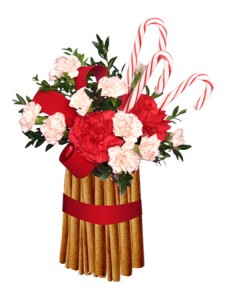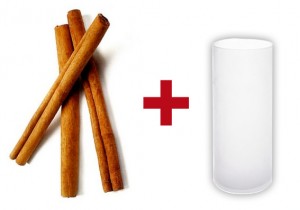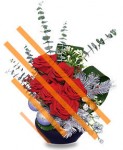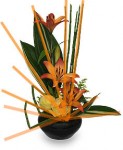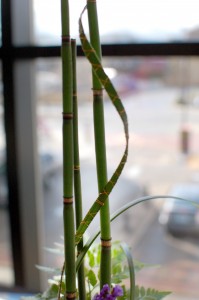Robbin Yelverton is BACK with even more wise words for us flower lovers!
Sometimes when things around the flower shop are hectic, it’s easy to fall into the slump of creating the same types of arrangements over and over again. Well, it’s time to BREAK THE MOLD! Robbin is here to show us how to use the same materials we would use to create a “roundy-moundy” flower arrangement, and turn it into something more stylish!
People like to see things they’ve never seen before, whether it be film, art or flowers. Instead of ‘Oh, well that’s pretty,’ make your customers say WOW! and want to show it off to all their friends!
[Read more…]


 Find Your
Find Your 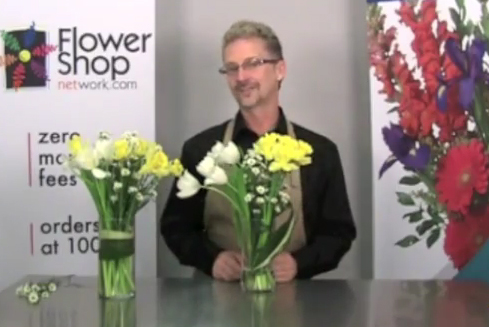
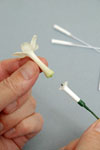
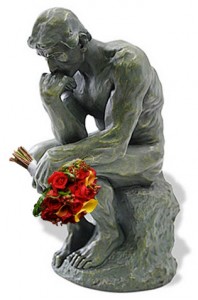 Preparing for the future is always easiest when we know from whence we came. In this month’s Aspects of Design from
Preparing for the future is always easiest when we know from whence we came. In this month’s Aspects of Design from 